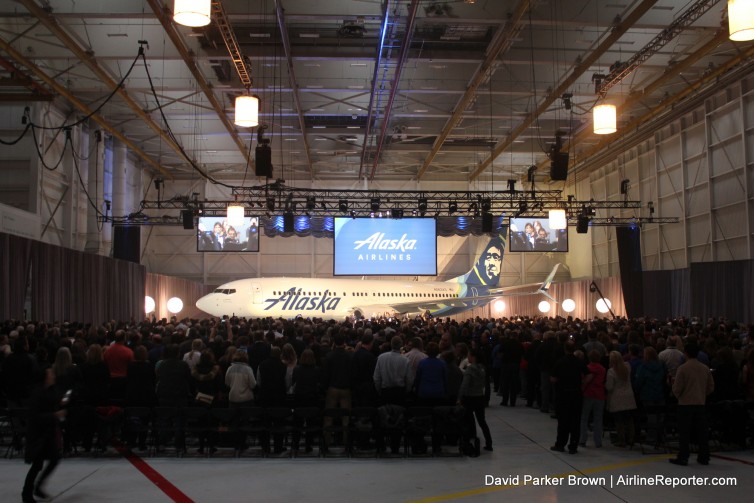
Alaska employees cheer on the new livery
Earlier today, Alaska Airlines unveiled a new look, livery, and brand to 1,800 employees. The branding is noticeably different, but still is easily recognizable. Fresh, clean, and more of an evolution than revolution. I like it. I actually really like it.
BONUS: Checking out the new Boeing Space Bin on an Alaska 737
There have been rumors and talk (especially more recently) about moving to a new look, but it was uncertain how dramatic of a change it would be. Would the Eskimo stay around? Would the colors be the same? Heck… would the name “Alaska,” even be their name any more? It seemed everything was up in the air (heh).
-
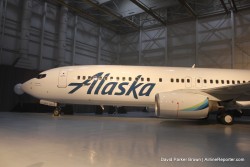
-
The Alaska titles
-
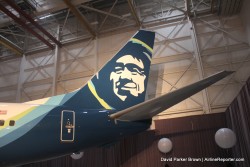
-
The Eskimo stays
-
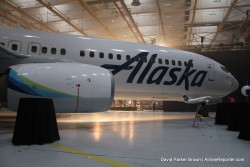
-
The nacelle sports the new colors
Before the official reveal to the employees, media was able to get a look at the plane (photos were embargoed until 3:30pm PST). My first thoughts… I think it is a great move. I also know that it seems that no matter how nice a livery might look, many AvGeeks automatically dislike change. I always say to wait a month or so before making final judgement. But I can say that I think many of you are going to like this new look and brand in person when you first see it.
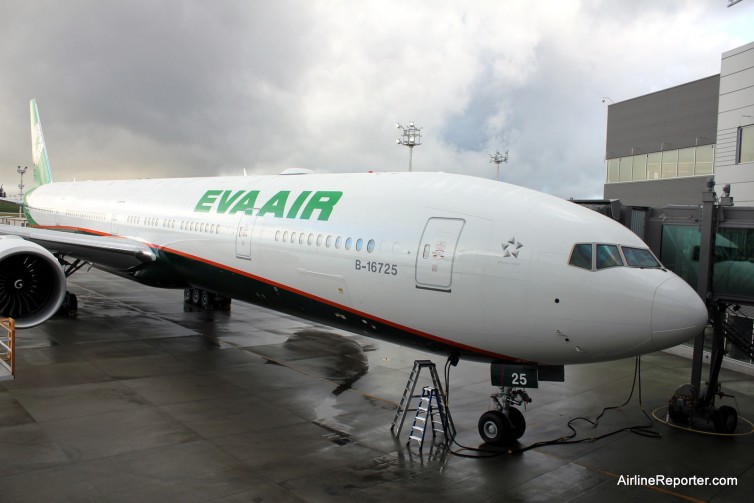
A brand-new EVA Boeing 777-300ER, currently the most popular 777 variant, at Paine Field (with nine-abreast economy)
In October 2015, it appeared that Cathay Pacific was ’˜flirting’ with the idea of changing its long-haul 777 economy class from a 9-abreast to a 10-abreast cabin. This appears to be correct, since Cathay Pacific gauged the responses of some of its most loyal Marco Polo customers in a recent survey to see whether they would accept a 3-4-3 configuration on their long-haul 777 aircraft.
BONUS: Flying a Cathay 777 Across North America in Business Class
’œTo understand the needs of our customers as well as the trend and development of the airline industry, Cathay Pacific periodically conducts research on different aspects of our offerings so as to continuously improve on our passenger services,’ Julie Jarratt, Cathay Pacific Communications Manager explained to AirlineReporter. ’œCathay Pacific, at this stage, has no decision to change the seat width and seat pitch of our 777 fleet.’
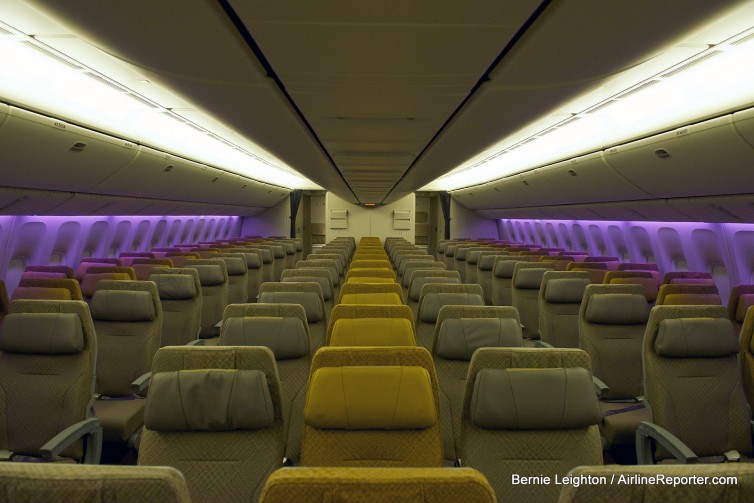
The economy cabin inside a Singapore Airlines 777
From an airline’s perspective, the rationale for a 10-abreast cabin is quite obvious. Not only does it provide a higher profit margin, by lowering its cost per seat mile, but it (theoretically) allows these savings to be put into other benefits for travelers in the form of cheaper airfares or enhanced services. In this sense, a denser cabin allows airlines to move greater numbers of passenger on fewer flights, which leads to fuel efficiency in the form of equated fuel burn reduction savings. I wanted to take a closer look at which airlines are taking delivery of the higher-density 777s, as that configuration is becoming more and more popular.
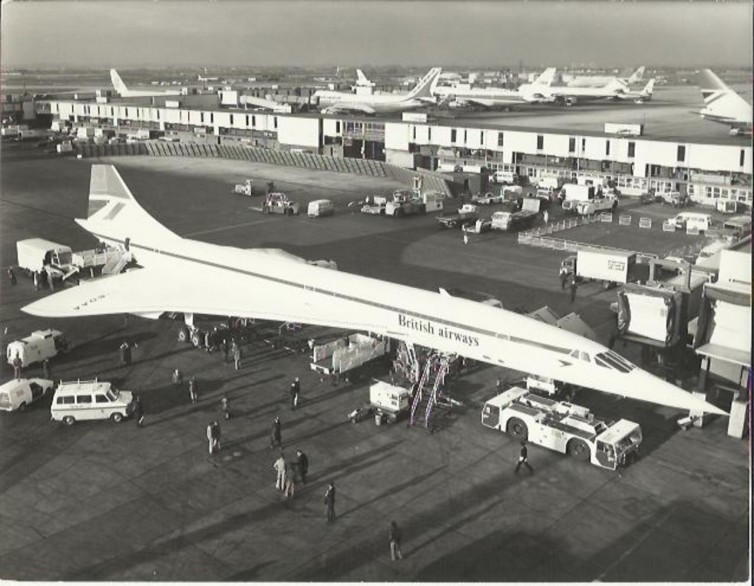
Concorde G-BOAA prepares for the first commercial flight from LHR to BAH on January 21, 1976 – Photo: British Airways
Today is the 40th anniversary of Concorde’s first commercial flight. On January 21, 1976, Concorde successfully completed its first supersonic flight by British Airways, from Heathrow to Bahrain, while Air France flew to Rio de Janeiro via Dakar.
Concorde is one of the most iconic airliners ever built and was created with huge dreams; dreams that sadly never became a reality.
-
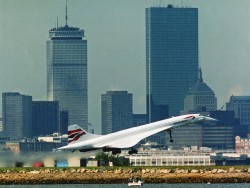
-
Visiting Boston – Photo: BA
-
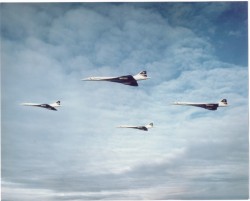
-
Four flying in formation – Photo: BA
-
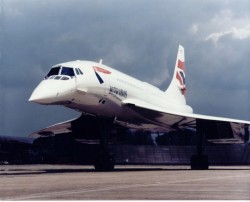
-
One beautiful aircraft – Photo: BA
To celebrate this milestone, British Airways shared information about the historic aircraft and some thoughts from one of its former pilots. What better place to chat with a former pilot than next to one of the aircraft? Captain Leslie Scott recently spent some time, along with others associated with the plane, at the Intrepid Sea, Air & Space Museum to share his memories.
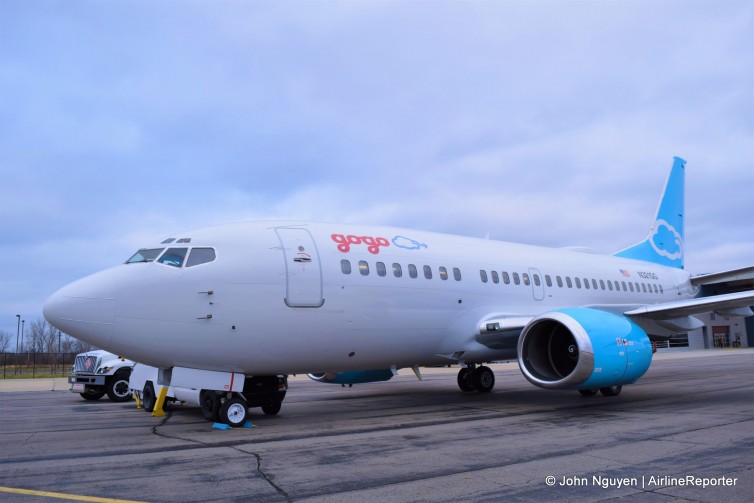
Gogo’s 737-500, N321GG a.k.a. the “Jimmy Ray”
Ok, I’ll admit that this flight review will be on an aircraft that 99.99% of the public won’t ever get the chance to fly, and I do feel badly about that… but it’s simply too cool for school to be on a private 737, more so because this particular 737 (a -500 model, reg. no. N321GG) currently has the fastest publicly-available inflight Wi-Fi Internet system in the world.
Gogo invited AirlineReporter and other media outlets to take flight on the “Jimmy Ray” to test out their new 2Ku system, which was debuted for the first time outside the company. While other tech-oriented companions were obsessed with reloading Speedtest and hammering the system with live streams, content streams, live feeds, and downloads, I was busy poking around the cabin features and amenities. Yea… I am an AvGeek.
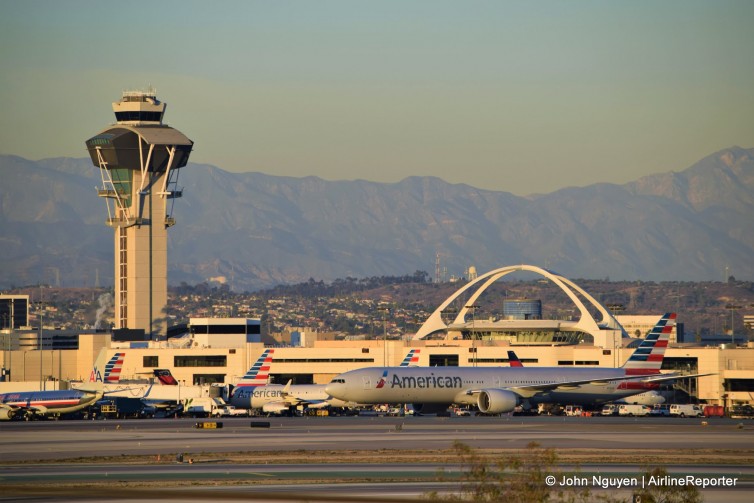
An American Airlines 777-300ER (77W) taxis at Los Angeles International Airport (LAX). Will it soon offer a Premium Economy option?
American Airlines is hosting a press conference on Wednesday, January 20, at the world-famous Hollywood Bowl, and AirlineReporter has been invited to attend this special “preview” for the media.
The hook from the invitation: there will be “some very exciting announcements to unveil about their continued growth and expansion in Los Angeles, including new services, partnerships, and programs that will be rolled out in 2016 at LAX and citywide!”
What could this mean? Does American have some big news for flyers… or will it be all fluff and circumstance?











